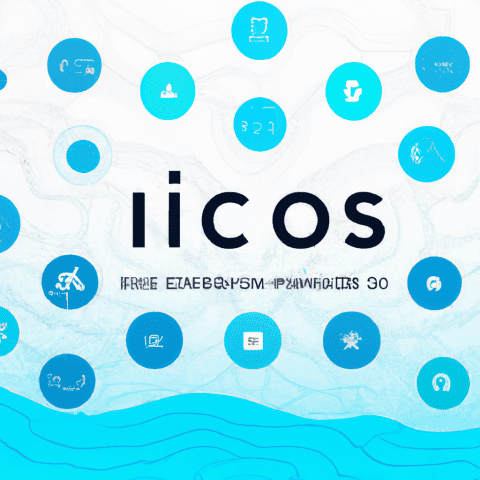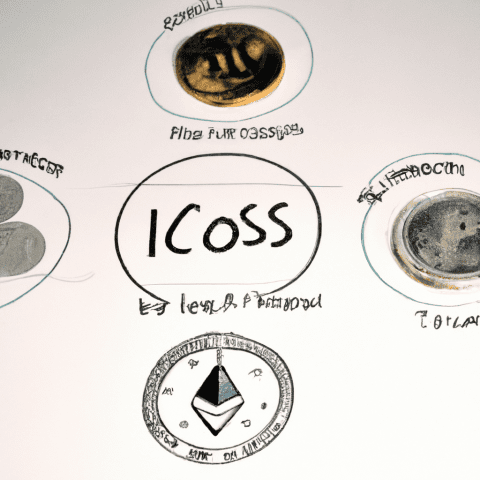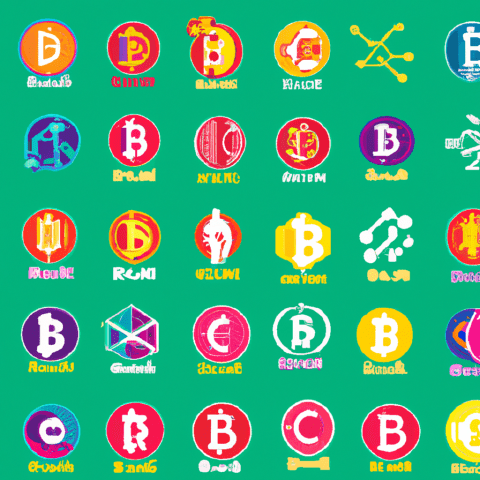In the ever-evolving world of cryptocurrencies, Initial Coin Offerings (ICOs) and Initial Exchange Offerings (IEOs) have become increasingly popular methods for companies to raise funds. With the rise of ICOs and the emergence of IEOs, investors and blockchain enthusiasts are faced with the question: which funding model is right for you? In this comprehensive article, we will explore the differences between ICOs and IEOs, highlight the top ICOs and IEOs to watch in 2021, provide the latest updates in the world of ICOs and IEOs, and offer a beginner's guide to navigating this complex landscape. Stay tuned for insights on upcoming ICOs and IEOs, trends in the market, and a look at the past, present, and future of ICOs and IEOs. Whether you're a seasoned investor or new to the world of cryptocurrencies, this article will provide you with a comprehensive guide to ICOs and IEOs.
1. "Exploring the Differences Between ICOs and IEOs: Which is Right for You?"
When it comes to raising funds through cryptocurrency, Initial Coin Offerings (ICOs) and Initial Exchange Offerings (IEOs) are two popular options for blockchain projects. Both methods involve selling tokens to investors in exchange for funding, but there are key differences between the two that can impact the success and efficiency of a fundraising campaign.
ICOs are a more traditional form of fundraising where a project team creates a new cryptocurrency and sells a percentage of it to investors. These tokens are typically sold directly to the public through the project's website or other online platforms. ICOs gained popularity in the early days of blockchain technology due to their accessibility and ease of execution. However, the lack of regulation and oversight in the ICO market led to a proliferation of scams and fraudulent projects, tarnishing the reputation of the fundraising method.
On the other hand, IEOs are conducted on cryptocurrency exchanges, where the exchange acts as a middleman between the project team and investors. The exchange typically conducts due diligence on the project before listing it on their platform, providing investors with a higher level of security and trust. Additionally, IEOs benefit from the existing user base and liquidity of the exchange, making it easier for projects to reach a larger pool of investors.
When deciding between an ICO and an IEO, project teams should consider factors such as regulatory compliance, investor trust, and market reach. ICOs may be more suitable for projects looking to maintain control over their fundraising process and target a specific niche audience. On the other hand, IEOs offer a more streamlined and secure fundraising process, making them an attractive option for projects seeking wider exposure and investor participation.
Ultimately, the choice between an ICO and an IEO depends on the specific goals and needs of the project. By carefully evaluating the differences between the two fundraising methods, project teams can determine which option is the right fit for their project and maximize their chances of success in the competitive ICO/IEO market.















